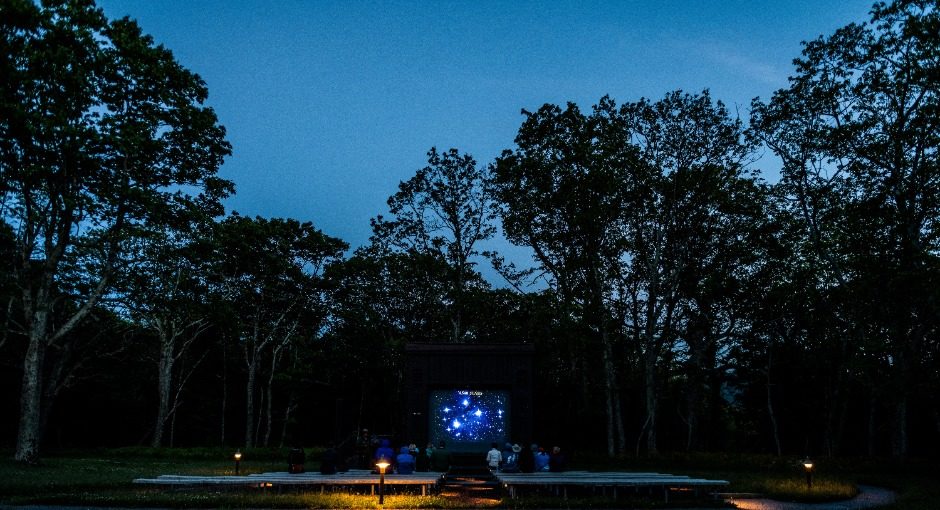5 Out-of-This-World National Parks for Stargazing
One type of pollution that may not get the headlines it warrants is light pollution. What is it? Basically, it’s all the artificial light that is generated from our increasingly urban environment here on Earth. Today, 80% of Americans can’t view the Milky Way in the night sky, and this is the galaxy we call home! The culprit? Pesky light pollution.
All those houses, buildings and billions of lightbulbs add up to create a collective haze of light that obscures the natural night sky. So the dark you see near a city isn’t actually the real thing. In a densely populated area, when you gaze upward and try to see a constellation or meteor shower, you’re going to have a really hard time doing so.
But the night skies in many National Parks are a throwback to a few centuries ago, before the Industrial Revolution dramatically changed America.
It’s a thrill for kids and adults to see a shooting star or planet, or identify constellations on a clear summer night. Make this the year to connect with the universe above us. Here are five incredible vantage points that will make astronomy buffs out of anyone.
Yosemite National Park
Yosemite National Park offers up stargazing gold. If you’re in Mariposa County, there really isn’t a bad place to admire the night skies. If you know where to look and under the right circumstances, even the Andromeda Galaxy is visible to the naked eye. You have numerous spectacular options, including Yosemite Valley, Tuolumne Meadows, Wawona and Badger Pass. These are stargazing destinations that are worlds beyond.

Voyageurs National Park
Voyageurs National Park is one of the best night skies destinations in the Midwest or anywhere in the US. The park gives you a great opportunity to see the Milky Way, satellites and meteors. If you’re really lucky, you may be able to get a look at the Northern Lights, which in person are even more amazing than you imagined (we’re talking Pink Floyd laser light show spectacular). You’ll need a clear night to see them, with winter’s longer periods of darkness offering your best opportunity.
Shenandoah National Park
At Shenandoah National Park at night, it gets dark. Really dark. That’s good news for native, nocturnal creatures like barred owls and the Shenandoah salamander. And it’s great news for astronomy lovers. On clear nights, you’ll be able to view the Milky Way and some of the 2,500 stars visible to the naked eye. Whether you’re looking for Jupiter or admiring constellations that seem painted on the sky, Shenandoah is one of the best places on the East Coast to see what’s really going on up there.
Big Bend National Park
Everything is bigger in Texas. Except for the light pollution. In fact, Big Bend National Park has less light pollution than any other National Park in the lower 48 states. You’re way out in the country here, and that means the night skies look extraordinary. There are numerous outstanding vantage points, among them Maverick Junction, Rio Grande Overlook, Mule Ears View Point and Grapevine Hills Road. If you’ve always wanted a clear look at our galaxy, get yourself to Big Bend.
Grand Canyon National Park
Grand Canyon National Park offers an epic stage from which to observe the night skies. Many would tell you Mather Point is the park’s best stargazing spot of all. Though, Moran Point and Lipan Point also offer up crystal-clear views of the Milky Way and thousands of constellations. They’re right off Desert View Drive. Oh, and here’s a lesser-known gem – Yavapai Point. Check out the perfect stargazing overlook not far from Grand Canyon Village.


